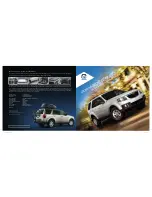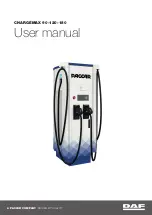
5
Look inside the bus:
•
Seat, floor—housekeeping. Steps and aisle clear?
•
Emergency exits open & close.
•
Emergency equipment.
•
Fire extinguisher pressure.
•
First aid kit.
•
Driver’s area—windshield, windows clean?
•
Mirrors—clean and adjusted?
Starting the engine:
•
Be sure parking brakes are on.
•
Put in Neutral.
•
With key on, check: Fuel gauge OK? Check brake warning buzzer or light, neutral safety switch.
•
Start engine—look, listen for trouble signs, check gauges.
With the engine running, check (from driver’s seat):
•
Mirrors, interior and stepwell lights, service door seal.
•
Steering feel OK? Noise?
•
Horn, defroster & heater blower, windshield wiper operation.
•
Brakes—pedal height & feel, gauge reading OK? Parking brake release, reset.
Outside checks required before you drive away:
•
Turn signals—right & left, front & rear—clean & flashing?
•
Flasher warning lights—front & rear—clean & flashing?
•
Headlights hi-lo beams.
•
Stoplights & taillights—clean & working?
•
Hazard flasher working?
Final check as you move the bus:
•
Seat belt fastened?
•
Brakes—Stop & hold?
•
Steering feel OK? Unusual noises? Bus under control—tracking straight?
•
Brake to a stop. All gauges OK?
Remember:
Safety on the road also depends on you. Observe weather and road condition and drive
accordingly. Be physically and mentally alert. When backing in vicinity of congestion or pedestrians use
outside monitor or director. Look around before driving away from where you are parked and observe all
traffic rules and regulations.
WEEKLY INSPECTION
•
Adjust brakes.
•
Drain air tanks.
•
Check tires.
•
Inspect seat cushion attachments for tightness.
•
Inspect seat belts and buckles.
•
Inspect outside lights for proper operation.







































